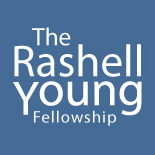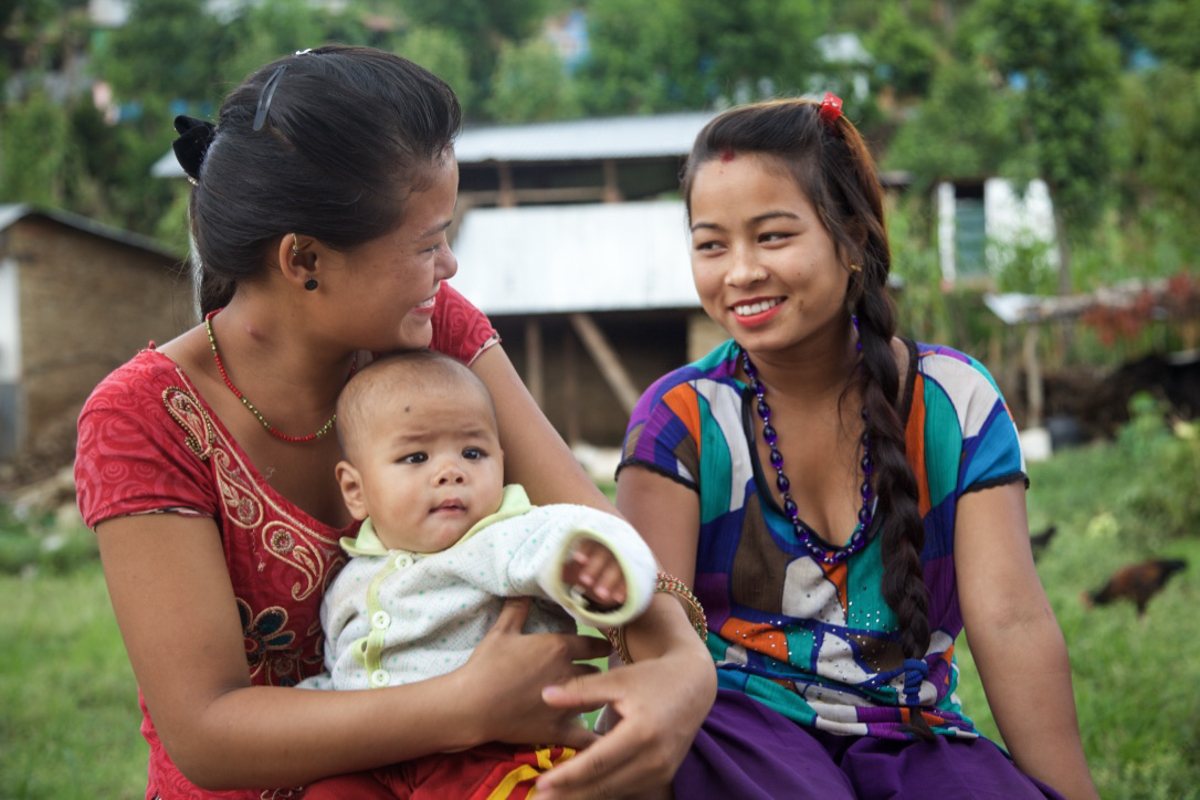UC Berkeley MBA/MPH 2016
________________________________________________________________________
Kathmandu, Nepal – June 2015 (two months after the devastating earthquake)
________________________________________________________________________
The situation in Nepal
Constructed on the biggest fault lines in the world, Nepal is one of the world’s poorest countries. It is landlocked, between India and China, and mountainous, situated between the Himalayas and the plain of the Ganges river. The effects of the fault are evident in the changing contours of Nepal’s biggest tourist attraction: the 1,400 mile Himalayan mountain range is pushed up by about a centimeter each year by the constant collision of the India and Eurasia plates. Today, Nepal’s 27 million residents have a per capita GDP of under US$1.
Despite political instability in the last two decades, Nepal achieved remarkable progress in reproductive health care, including family planning. Total fertility rates decreased from 6.4 to 3.4 between 1995 and 2005. Contraceptive prevalence increased twenty percentage points in the past twenty years. There are a number of factors that likely contributed to this success. First, family planning was well integrated into a national immunization program, meaning that every woman who seeks vaccinations for her young child also received counseling and access to contraceptive options. Second, the legalization and rollout of safe abortion services in 2002 contributed to a reduction in serious abortion-related mortality. Third, a massive social marketing campaign on smaller family size was distributed through radio and print publications.
Nepal had made immense progress in strengthening its reproductive health system in the past several decades, but the earthquakes decimated this foundation.
The Earthquake And Its Impact
In June of 2015 we went to post-earthquake Nepal to speak with women, frontline health volunteers, doctors, nurses, administrators, and government officials in order to explore the barriers and the goals in universalizing access to reproductive health care.
See more of Grace’s Nepal work here…
The 7.8 magnitude earthquake of April 25, 2015 was described as “strong and shallow.” It swam up from beneath the earth’s surface and unleashed a shock wave as powerful as the explosion of more than 20 thermonuclear weapons. Those that experienced the quake in Kathmandu said that it went on for six full minutes. The earth rocked, flower pots fell off balconies, and the walls of buildings rippled as if they were one giant heat wave.
Using The Rashell Young Fellowship To Tell A Story
We learned a vocabulary new to Nepal since the earthquake, a set of words used to describe the various ways in which a building can be destroyed in an earthquake: pancaked, leveled, side swept, peeled. We saw and felt immeasurable loss—families broken, people lounging against fallen wood and stone piles, watching the mainly empty road with blank stares. Entire villages are in pieces, with the interior objects of homes abandoned, sitting on the blank foundation as they always were—a wicker basket, an upturned plastic chair.
And yet, there is a palpable sense of keeping on, because there is no other choice. We heard many stories of spirit, of resilience, of kindness, all against the backdrop of apparent hopelessness. Remote communities were shocked and thrilled to see medicine delivered to their homes, eyes wide with the gratitude and surprise that they had been remembered. The Government and its partners met at 5:30am each morning, as soon as the sun was up, endeavoring to operationalize the vast logistical capacity needed to deliver the donations pouring in from multilateral organizations. Workforce capacity remains halted, as frontline workers put their lives back together, but those that serve—at a nominal or nonexistent paygrade—do so because they believe in the health of their community. It is unclear whether some villages will be rebuilt at all, or whether residents will create altogether new lives in the Valleys. These are the new immigrants, migrants in their own country.
What is clear, however, is that the Nepali people are finding ways to continue on, to find strength, and to create family. But, to create happy family—whether small or large—women’s voices and stories must have a central role in the ongoing rebuilding efforts.
Grace’s Work Since Then
Grace Lesser is an MBA/MPH candidate at UC Berkeley Haas School of Business and the School of Public Health. Grace has deep experience in global health and food systems: She worked in consumers insights with Whitewave Foods and is the founder of Farmcation, an agritourism platform aimed at increasing the economic viability of small-scale farmers and food producers.
Prior to her experience at Berkeley, Grace worked in public health program implementation in East Africa where she focused on health systems strengthening, technology, and maternal health. Her past professional roles have included significant writing and reporting components, including directing marketing and public relations efforts as well as managing strategic communications and knowledge management. She has contributed to public health articles published on platforms such as Nicholas Kristof’s “On the Ground” column in the NYTimes and Forbes.com, and published a Huffington Post column on the Westgate terror attacks. As a health innovations consultant for the One Acre Fund, an agricultural asset financing firm, she designed an ethnographic tool and conducted interviews with women aimed at understanding the primary challenges, preferences, and gaps in accessing family planning in rural East Africa, an experience that directly set the foundation for this project.
Following her graduation from Berkeley in December 2016, Grace will join the Draper Richards Kaplan Foundation to continue to help grow the impact of global social enterprises.


